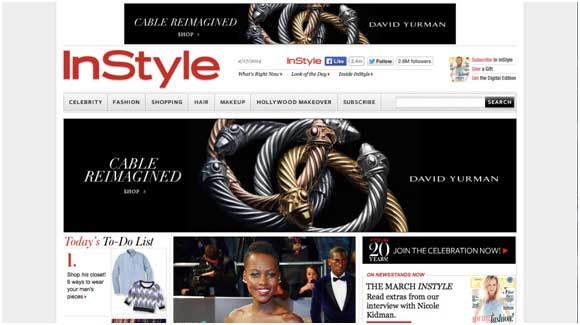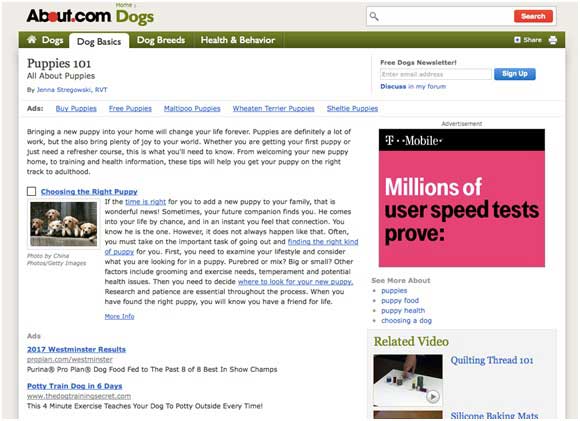If you’re a publisher, whether an ad-supported independent blog or a global media conglomerate, “growing ad revenue” is most likely at or near the top of your list of goals every year.
Unfortunately, there is also a good chance that you’re not going to come close to reaching that goal because you’re probably using outmoded monetization methods. That’s because your playbook is stale and all too predictable.
But don’t worry; you’re not alone.
The majority of the industry is laboring under the delusion that the billions of dollars they are pumping into display every year aren’t essentially being flushed down the toilet. The hard truth is: Display is dying, and we’re complicit in its demise because we have let abysmal performance rates pass as “normal.” We have grown content with merely getting by rather than taking the risks necessary to revamp our approaches to growing real revenue.
Fortunately, many of the most effective revenue-building methods don’t require a large investment. They just require that you recognize the digital publishing game has changed.
It’s time to run with some new plays if you want to win. Let’s take a look at the film…
Gain Yardage With a Short-Range Pass
Eye tracking tells us that people read in an F-shape pattern but skip over the top banner area where advertising is usually found. Neal Mohan, head of display products at Google, highlighted this during his keynote at the IAB Annual Meeting this month when he shared that leaderboard ads just above the fold have 40% greater viewability than those placed at the top of the page. So, why are you still trying to make money with the same old, tired leaderboards?
Instead, by allowing space for non-traditional ad placements, you can put ads in the position to gain the most revenue and remove less effective units. Consider this example from the InStyle.com homepage:

The David Yurman bracelet creatives are designed to be attention grabbing and likely brought in a premium price, but eye-tracking studies tell us that the ad at the top was probably ignored by three-fourths of the audience, and the blank space on both margins of the page is completely wasted.
And what about user experience? You are pounding people repeatedly with the same creative and not gaining enough yardage to justify the pain involved. The advertiser should also appreciate focus. The impact of the larger unit would be greater if it wasn’t visually competing with a duplicate (read: redundant) creative above, and this is yet more money down the drain.
Run It Up the Middle
Many publishers focus on selling ad space in the form of banners and boxes but forget that the text down the middle of the page can actually be a significant source of added revenue. Take a look at this story about Olympic skeleton gold medalist Lizzy Yarnold on ESPN.com.

ESPN offers premium advertising opportunities in the form of lead-ins to its video coverage and medium boxes on the right-side link menu. However, the text of the story offers opportunities to link to either advertising for related sports equipment or tourism sites for the cities mentioned, such as Vancouver and Sochi.
Your content is why people come to your site, so why wouldn’t you use it to your advantage? Not only does using the text content of your site bring in supplemental revenue streams, it also opens up opportunities to provide added value to your readers.
Go Deep Into Search Data
Search is a powerful tool for both advertisers and publishers, and publishers have the opportunity to harness the intent demonstrated by search to boost revenue. How? By layering ads that are relevant to the search query that brought a user to your page in the first place.
For instance, a person who is looking to bring home his or her first puppy is no doubt in need of information regarding puppy care, food, health issues, and more. So a search is conducted for tips on caring for puppies, leading to the About.com page for Puppies 101.

The search itself signals that the user either has or is planning to get a new puppy, which opens up opportunities for dog food, pet health, dog toys, and other related products to target a pre-qualified potential customer. As the publisher, About.com can bring in revenue by delivering overlay ads directly related to that search, providing a useful service and positive user experience.
Why are you running the same plays for search visitors and loyal type-in traffic when their intent could be different?
* * *
It’s no wonder display is on its deathbed. As we’ve seen here, some of the largest online publishers are missing out on potential revenue streams by failing to think outside standard placements.
By being smart about site layout and integrating non-conventional ad inventory, even the smallest publishers can significantly boost revenue while maintaining quality content and a relevant, practical ad experience to users.
Tried and true plays can help you gain yardage and even score a touchdown, but it’s the innovative plays that win you the game and get your picture on the cover of Sports Illustrated.
What new plays would you add to the book?
